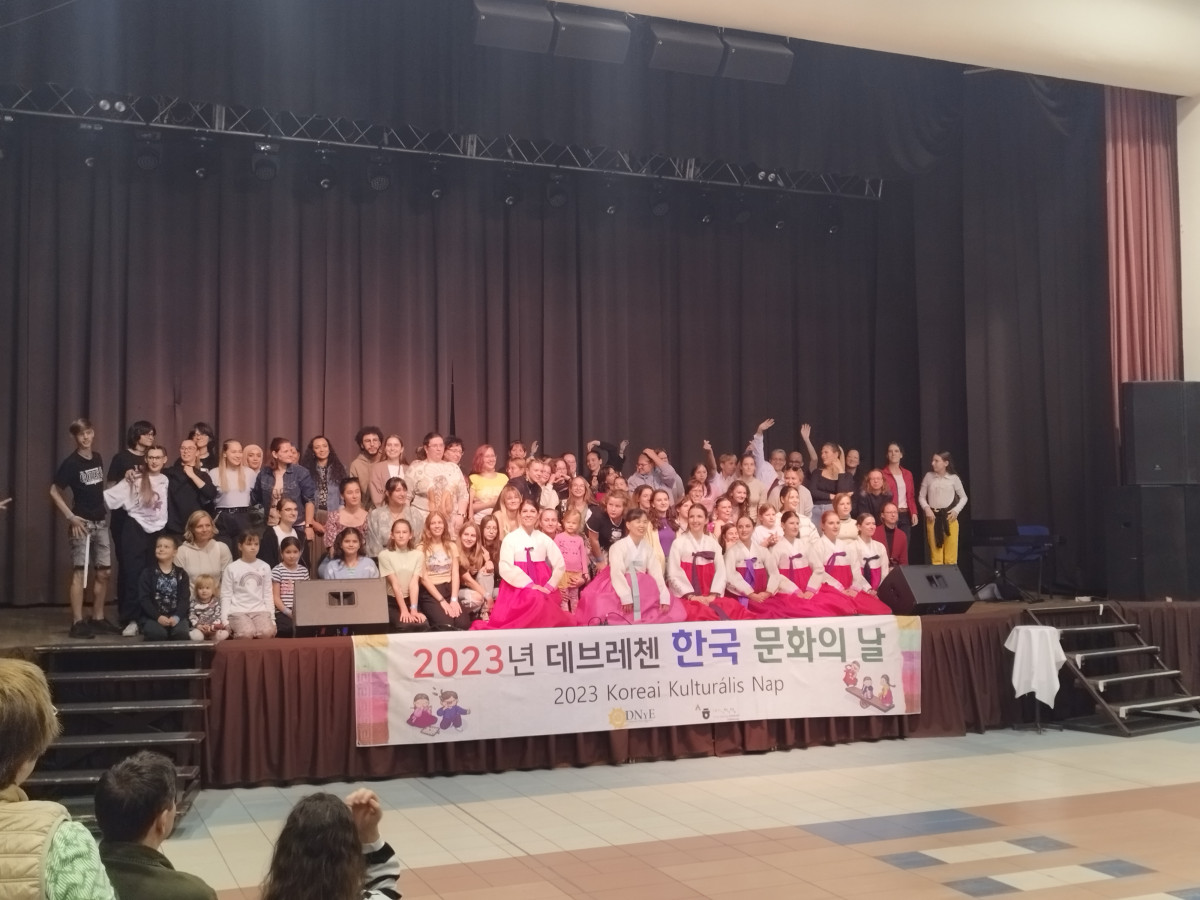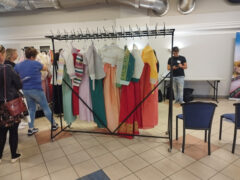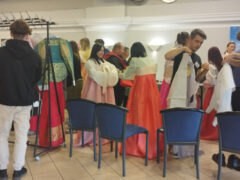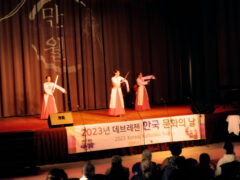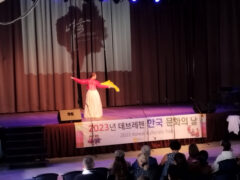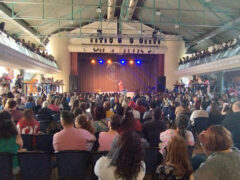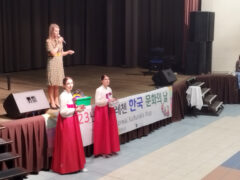On October 9, the Korean alphabet, i.e. Hangul, is celebrated in the far eastern country, which was created by King Sejong the Great in the 1440s. On this occasion, the institute named after him and the Debrecen Korean Cultural Association organized the Korean Cultural Day in Debrecen.
There was a lot of interest
It was autumn weather this afternoon and the opening ceremony was held in front of a full house in Lovarda by deputy mayor István Puskás, who emphasized that Debrecen has become more and more international and colorful, so we have the opportunity to get to know the culture of other countries more closely, and this occasion is also a good chance to do so. This was followed by music and dance performances, which ended with a loud standing ovation. There was K-pop, which today’s youth appreciates very much and some of them love this style of music almost to the point of being a fan, but there was, for example, an ancient Samulnor performance, which was performed with gongs and drums and loosely translated as “a game with four things”.
After the more than one-hour stage program, there was a short break, which the attendees could take advantage of to take part in a special gastronomic journey at the stalls set up in the courtyard. There were literally meter-long lines waiting to try the authentic dishes of Korean cuisine in exchange for some financial compensation. Those who were resourceful joined the queue during the lectures, so it was easier for them to try the kimchi made from fermented Chinese cabbage, or the bulgogi, which is mostly made from beef, and finally the mochi, a sweet made from glutinous rice flour. After that, a presentation was given about Korean beauty products and skin care routines there, and it turned out that according to the principles there, there is a higher content of active ingredients in those products compared to what is produced at home.
Hanbok rehearsal, raffle and joint dance
For those who didn’t want to taste and wait, there were several exciting programs upstairs, so the little ones could choose between crafts and face painting, while the older ones could learn more about Korean calligraphy, i.e. mungbangsu, and try on the Korean folk costume, hanbok. This garment was created as early as the time of the Three Kingdoms in the 7th century, and its material can vary.
The poorer stratum could wear cotton and linen, while the more affluent could wear silk. Nowadays, however, these clothes are worn at more significant family celebrations (weddings, christenings). Perhaps there is no need to say, but there was also great interest in the listed programs, as many people from the fairer sex were waiting for the dress rehearsal. The day was marked by a raffle and the ancient dance, the ganggangsullae, which was declared a World Intangible Heritage by UNESCO in 2009, was performed by the organizers, who drew the audience’s attention beforehand that anyone can join them, as the steps are easy to learn. All of this resembled a love train performed by Ferenc Demjén, which usually plays at a typical Hungarian wedding, where everyone is also invited to dance.
As a closing chord, the dance part of the grand prize went on stage and a joint picture was taken to end the great afternoon. Everyone received a little something as a travel gift and souvenir, so even those who didn’t win the raffle could feel like a winner.









